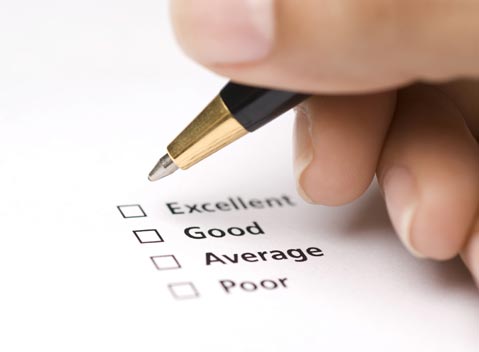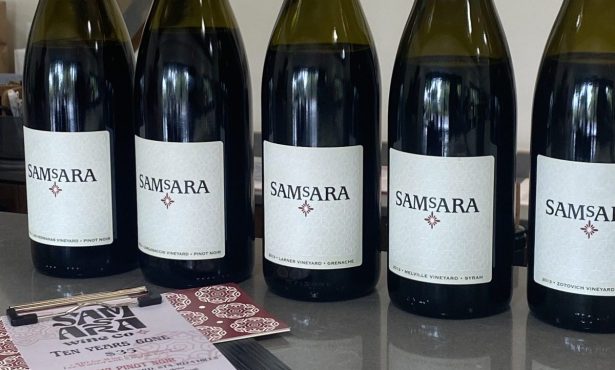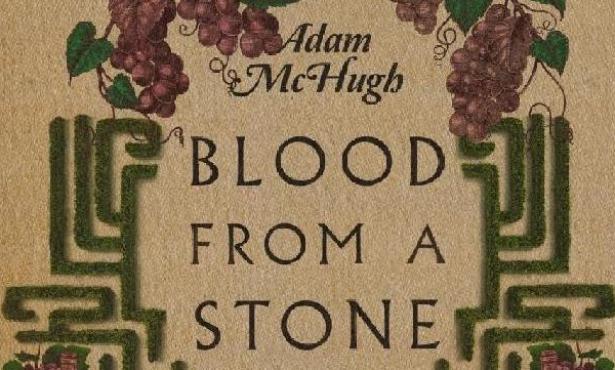A Look at the Controversial Practice of Scoring Wine
What's in a Number?

I am on the email lists of quite a few wine sellers, so my inbox is regularly filled with offers for “must buy” bottles. The vast majority of these advertisements include wine critics’ ratings, as in: Joe Schmo’s Cabernet-732 points-don’t miss out! I’m engaging in a bit of hyperbole here-most popular ratings systems are based on either a 100- or 20-point scale-but the central question remains: What is the value of wine ratings for the wine consumer?
First, let’s consider the source. Savvy wine lovers recognize that wine critics play an important role by providing information. There is an ocean of wine out there and we need some basis for making decisions about what to spend our money on. Toward that end, a good wine critic is just like a good film critic-both render considered opinions based (hopefully) upon real knowledge and experience. Get to know your favorite critic’s preferences and you’ll be better able to anticipate your own responses before you spend your money. In this way, critics serve as valuable proxies.
On the other hand, while most moviegoers have no problem disagreeing with the assessment of a particular film critic, a large number of wine consumers are ready to dismiss their own opinions in order to conform with someone else’s palate preferences. Even more than that, there is an all-too-common tendency to forgo close reading of the wine review itself in favor of relying upon numerical shorthand in the form of a score. Really, what is the difference between an 89 point wine and a 90 point wine?
A score does not tell us how likely we are, as individuals, to enjoy a particular wine, yet a score’s impact in the market can be significant. Take winemaker Paul Wilkins. His 2005 Alta Maria Grenache received 90 points from critic Robert Parker, while his ’06 vintage of the same wine was rated at 89 points. “We’ve just released the ’06 vintage, but already there’s not nearly as much buzz as there was for the ’05,” he observed. “The scores make a huge difference in who will latch on to the wine, who will promote it. I’ll be surprised if I get half as many inquiries about the ’06.”
A conversation with wine distributor Brad Iwanaga of Bradford Wine Group underscored this likelihood. He explained, “We use [scores] to our advantage when we can, highlighting only scores of 90 or more. Anything less not only does little to garner attention, but actually conveys something less than positive in many consumers’ minds. Realistically, any difference between a score of 89 and 90 is utterly meaningless in terms of wine quality, but the psychology of marketing creates a chasm of uncertainty in this case.”
We are all bombarded with so many choices about so many things that I can completely understand the temptation to reduce information to an easily digested numerical score. The problem with this approach is that this number just doesn’t tell us very much. Wine salesperson Tony Cirincione summed it up neatly. “The difference between an 89 point wine versus a 90 point wine is simply one point,” he explained. “If that makes or breaks someone’s choice, so be it. I prefer the 89 point wine because it flies under the radar.”
I am not claiming that ratings are somehow inherently bad. The question is, are they valuable? The answer is a muddled yes : and no. They are clearly useful selling tools, yet ultimately, they do not communicate much in the way of real information. As Iwanaga pointed out, “High ratings simply mean that some people liked the wine on a specific day, in a particular environment, among a certain group of other wines. Change any element of that formula, and the wine’s score would likely change.”
In the end, the lesson remains, as it always does: caveat emptor.



